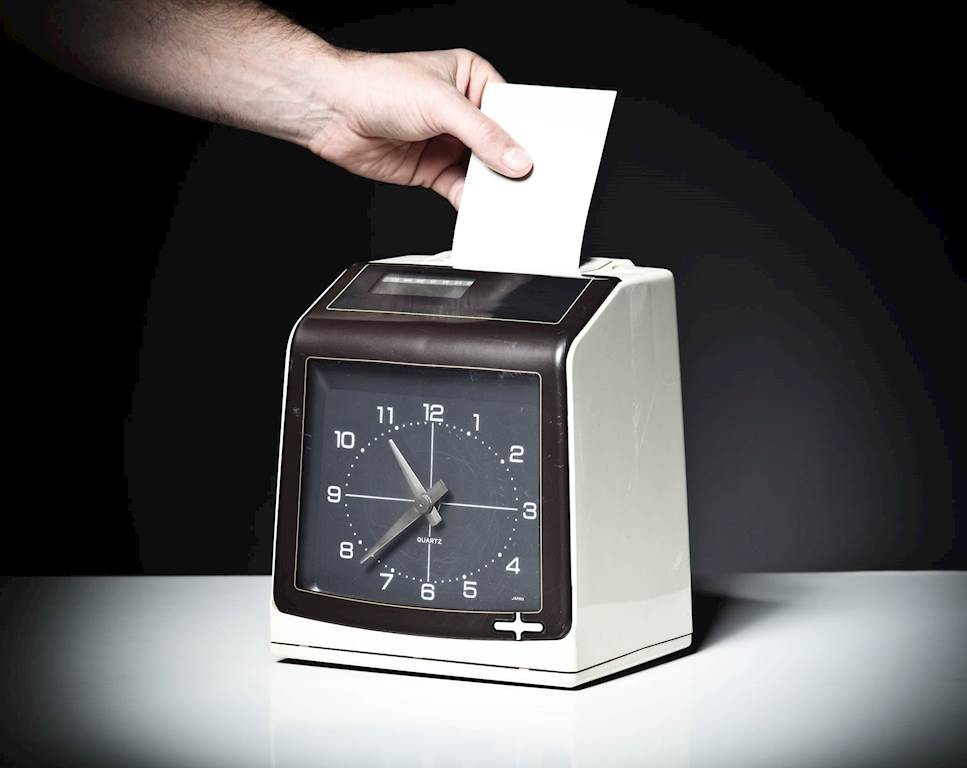People management software company BrightHR surveyed 786 employees on what clocking in meant to them and 74% said it evoked memories of staff “punching the clock” at factories in popular TV dramas such as Coronation Street and, of course, Clocking Off.
With this in mind, BrightHR thought it was time to bring clocking systems into the 21st century and created a mobile app named Blip. Blip allows staff to simply login to the app and scan a QR code when they arrive and leave work. Each time they scan the code, Blip records them as clocked in or out.
Through the app, employers can then track which staff are working and can export data and save it as a spreadsheet, which can be super handy for payroll and provide a precise record of employee absence and attendance
Alastair Brown, Chief Technological Officer at BrightHR explains what other great benefits using a time tracking system can bring to a business as part of their everyday management of staff.
1. Ensuring employees are working the correct hours
It can be easy for employees to slope into the office a few minutes after their start time or switch off early and start prepping for their exit. Not tracking when an employee is losing two or three minutes of working time can add up to a significant amount of time lost by the business.
Clocking in is a simple and effective way for employers to know whether employees are working their contractual hours. The clocking in records will also provide evidence should employees wish to address matters, such as persistent lateness, through a formal disciplinary procedure.
2. Monitoring rest breaks
Under working time rules, employees are entitled to take minimum rest breaks, for example, adult workers must be given a continuous 20-minute rest break when they work for longer than six hours. A failure to provide proper rest breaks will breach working time rules.
Previous case decisions have shown that employers have to proactively encourage employees to take breaks. The clocking in system will highlight where employees aren’t taking breaks that are long enough, or at all, allowing employers to remind these staff to take their correct break entitlement. Those employees who thought they would get away with an extra five minutes on lunch each day can also be spoken to.
3. Preventing long hours and burnout
A requirement to clock out at the end of the working day will allow employers to review whether employees are repeatedly working additional hours. Frequently working extra hours can cause employees to burnout, feel stressed or lead to sickness absence.
Actively monitoring clocking out times will help identify those who are overworking. The employee can then be met with and asked whether any support can be provided to ensure they can meet their duties during contractual hours.
4. Creating a trusting culture
Although some employees may feel they are being micromanaged by a requirement to clock in, the opposite is actually true. Putting the responsibility for managing time in the hands of employees creates a positive culture in the workplace; employees will feel trusted and aware that their employers have confidence in them to use the clocking in system correctly.
Additionally, where clocking in links directly to the payroll system, there are less likely to be issues as employees will want to ensure they are receiving their correct pay.
5. Reducing management time
Each morning, managers can spend a significant period of time monitoring whether their team have got to work on time. Where employees are late, they may have to complete official records or input lateness on various pieces of software, including payroll.
By using a system that records this itself, you can free up managers’ time and allow them to focus on what really matters.
Access the latest business knowledge in HR
Get Access



Comments
Join the conversation...